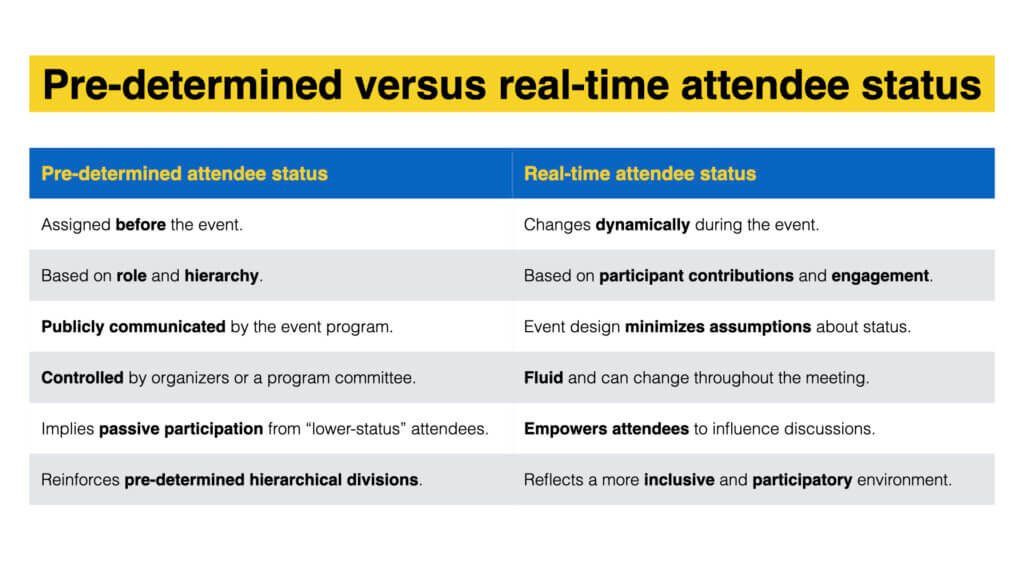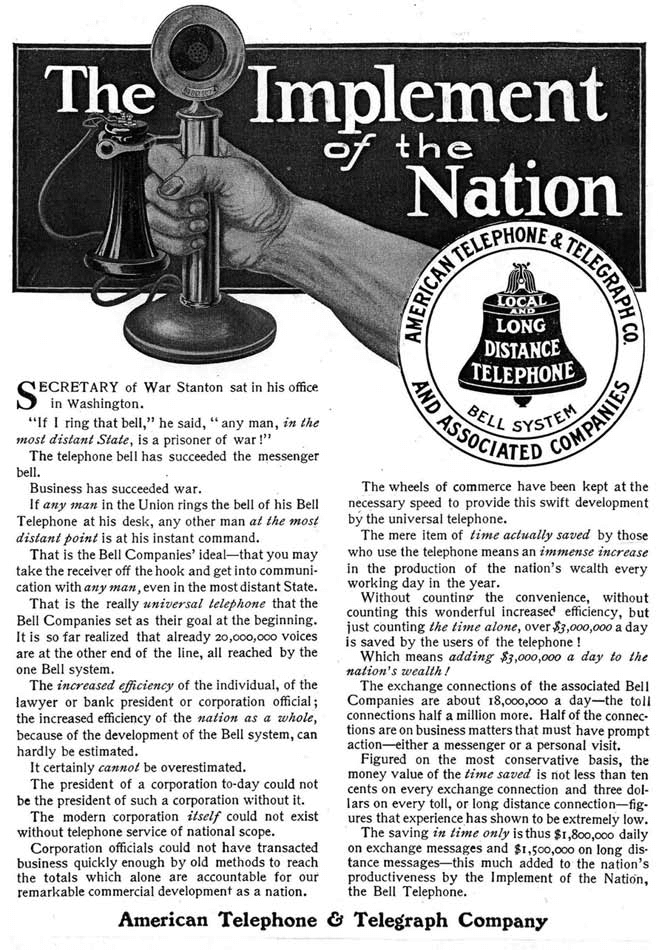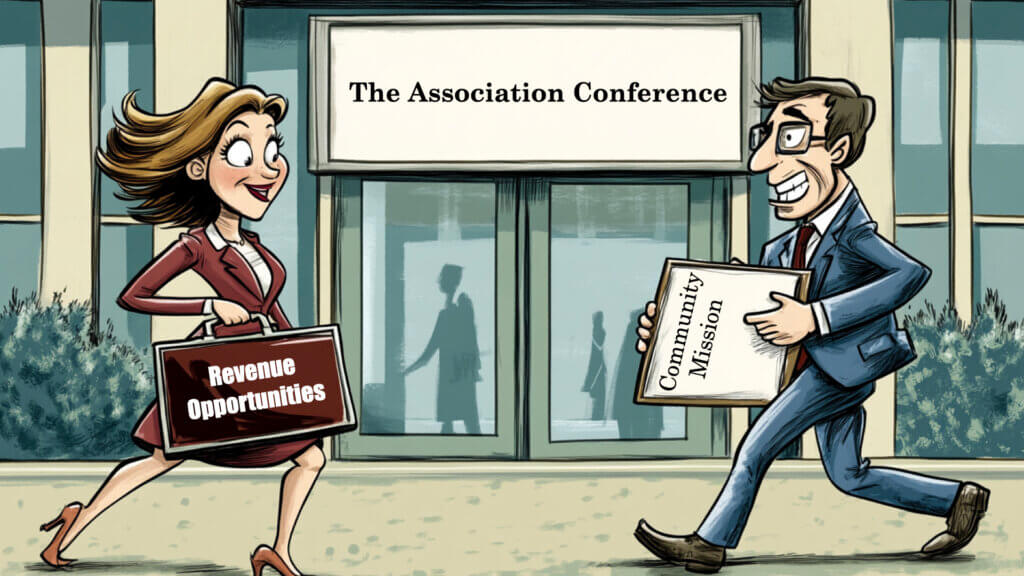Associations: don’t do that! — Part 1

1. Missing or Late 990 Filings
Don’t do that! More importantly, be suspicious of any non-profit that doesn’t file timely tax returns. When associations ask me to work with them, one of the first things I do is to check out their 990 tax returns on Candid‘s Guidestar, the IRS, or ProPublica. 990s provide a wealth of useful information about tax-exempt organizations. The majority of non-profits file their returns on time, with the 990 typically appearing on the above sites within one to two (at most) years.
Tip: If you want a more recent 990, many non-profits post them on their website.
A red flag goes up when I discover two or more missing 990s. Why? Because I know only three reasons why 990s aren’t posted in a timely fashion:
1. New non-profits sometimes take a while to realize they need to file 990s, or they struggle to provide the information their accountant needs to file. (Yes, I’ve seen this happen!) Regardless, if you’re working with a new organization, you may want to be cautious.
2. Occasionally, tax preparers for non-profits are behind on their work and file late or request a six-month extension. Again, this can be a warning sign that not all is well.
3. The non-profit is up to no good. When I see several years of returns missing, alarm bells go off. A textbook example of this occurred in 2020. Within 30 minutes of hearing that a non-profit had purchased a college campus in my hometown, a quick check using Guidestar made it obvious that the organization had an opaque financial past. When I confronted the CEO about his non-profit’s missing tax returns, he repeatedly changed the subject. The campus trustees ignored my warnings. It was only after a year of costly mayhem that the FBI arrested the CEO for stealing money from another non-profit to buy the campus! He subsequently went to prison. Here’s the whole sordid story.
The IRS won’t protect you from shady non-profits
Unfortunately, the IRS does a terrible job reviewing and acting on nonprofit filings or non-filings. The IRS can charge penalties for late filings, but, as far as I know, it rarely does. Tax-exempt organizations have to fail to file a 990 for 3 consecutive years before their non-profit status is revoked. And it’s easy for delinquent organizations to get their tax-exempt status reinstated.
So don’t rely on the IRS to police shady nonprofits effectively. (Exhibit A: The Donald J. Trump Foundation.)
And don’t raise suspicions about your non-profit’s finances and activities. File your 990s on time!
2. Losing Focus on Member Wants and Needs
Don’t do that! Sometimes, association leadership loses its way. This happens when leadership creates an association whose commitment to membership becomes secondary to leaders’ focus on pursuing profit (and, possibly, their own consequently generous salaries).
As associations grow, it becomes easier for leadership to forget that organizations and associations are, at their core, a set of agreements in people’s minds about supporting a community that is important to them.
“…organizations exist only in the mind; they are no more than the conceptual embodiments of the ancient idea of community.”
—Dee Hock, the first CEO of VISA, Birth of The Chaordic Age
Here’s how one critic describes what happens when association leadership loses its way [see this link for their detailed critique of a specific association]:
“…instead of being an organisation that exists to promote [X] and help their members, the members are rather regarded as nothing but a source of income, which is then stashed away in investments.”
Unfortunately, there’s no pass/fail test to determine whether association leadership has lost its way. So, I’ve seen associations slowly demote supporting their members to a secondary goal over time, though sometimes this happens abruptly with a change in leadership. Members drift away, and the association may go out of business as it becomes increasingly unresponsive to members’ wants and needs.
There’s no simple prophylactic for this problem. But here are three things that every association should do:
1. Hold regular leadership reviews, informed by member input, of the association’s mission. Assess whether the current mission is still 100% relevant and change it when necessary. Then review, revise, and internalize your association’s strategic goals.
2. Follow up with an honest assessment of how well the association’s current actions align with fulfilling its mission.
3. Make the necessary structural and program changes to reduce or eliminate any lack of congruence uncovered in the previous step.
This is hard, and the work never ends. But remember, the core work of an association is to serve its members. Tempted to stray? Don’t do that!
3. Trusting Consultants Who Never Say ‘I Don’t Know’
Don’t do that! Just about every association hires consultants. By “consultant” I mean independent professionals and companies that provide organization services, e.g., accountants, attorneys, event planners, etc.
The problem with hiring external expertise is that if you need help, obviously, you lack crucial knowledge or experience. So when you seek help, you don’t know if someone who claims to be able to help really can!
The familiar approach to hiring a consultant is to ask for references. Asking for references is helpful, as long as you take the time to check the references you receive! I’m happy to provide references and am amused at how infrequently they are subsequently checked. Sometimes, a consultant’s references will tell you things that cause you to promptly strike them from your list of candidates.
But there’s another test that you should always apply when hiring a consultant.
Check to see if they will say they don’t know the answer to a question when they actually don’t.
Interview the consultant and ask them questions about the work you want them to do. Listen carefully to how they respond to your questions. You are looking for them to show that they know the limits of their abilities and that they are willing to share their limits with you.
If necessary, ask whether they can do something that is a little outside their stated expertise and listen carefully to how they respond. If you hear an unwillingness to admit that they can’t fulfill your request, you are receiving an important warning. Ignore it at your peril!
Are you thinking of hiring a consultant who won’t sometimes tell you “I don’t know”? Don’t do that!
Conclusions and a follow-up
These three less-common mistakes are ones I’ve encountered repeatedly, yet they often go unnoticed, even by experienced association professionals. I hope that my observations are helpful, and I welcome your thoughts below!
In Part 2 of this post, I share more “Don’t do that!” warnings about common mistakes I’ve seen when planning association events.
[I wrote “Associations: don’t do that! [Part 1]” for Association Chat Magazine, Volume 2, Issue 1, February 2025, and have posted it here with additional links to resources.]


 I recently came across the poem Sacred Ground, by
I recently came across the poem Sacred Ground, by  Notice that events designed to support flexible, real-time attendee status:
Notice that events designed to support flexible, real-time attendee status: In 2023, I published a widely-read post about
In 2023, I published a widely-read post about 

 The social media platforms we once relied on for authentic connection are disintegrating. My
The social media platforms we once relied on for authentic connection are disintegrating. My  Are for-profits stepping into territory traditionally held by associations? Lately, I’ve seen signs that they might be. Recently, I’ve received inquiries from suppliers of products and services wanting to hold events for the communities they serve. In fact, I’m currently designing an event for a for-profit client that directly competes with association conferences in their profession.
Are for-profits stepping into territory traditionally held by associations? Lately, I’ve seen signs that they might be. Recently, I’ve received inquiries from suppliers of products and services wanting to hold events for the communities they serve. In fact, I’m currently designing an event for a for-profit client that directly competes with association conferences in their profession. Do we really need heroes?
Do we really need heroes?